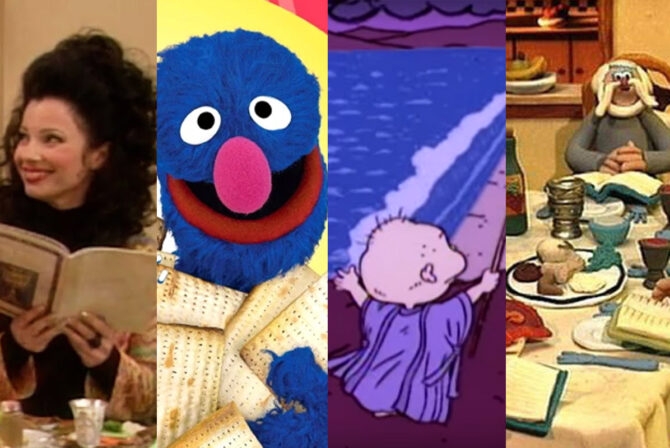Target’s been on a roll this past year when it comes to breaking down gender stereotypes for kids. Last fall, Target took its first steps toward a more gender-neutral store when it took down the “boys” and “girls” signs in its toy and kids’ bedding aisles. Now, the company announced its new Pillowfort collection, set to debut in stores on February 21, 2016. Which is going to be A-M-A-Z-I-N-G–all of the items in the line, which includes stuffed animals, furniture, and bedding, will be gender-neutral.
Julie Guggemos, Target’s senior vice president of design and product development, is excited about the changes, stating:
“It was an aisle of pink, fairy princesses, ponies and flowers. And for the boys it was rockets and dinosaurs. Well, you know what? Girls like rockets and basketball. And boys like ponies…Who are we to say what a child’s individual expression is? We really wanted to develop a collection that would be universal.”
While it’s not like pink and blue will be banned, the patterns will be more ambiguous, using images with trees, bicycles, basketballs, alligators, and astronauts. There will even be pillows in the shapes of a cactus and an octopus. (Seriously, I want an octopus pillow.) As with their previous gender-neutral decision, Target noted that they didn’t necessarily have a gender plan in mind–it’s what their consumers asked for, according to Chief Executive Brian Cornell:
READ: My Black Son’s Pink Shoes
“It gets back to listening to mom, understanding what she’s looking for from Target and making sure we’re delivering the products and the content that’s going to be right.”
Apparently, this isn’t the only makeover Target is going to be doing, either. They are going to redo their kids’ apparel line to be more unisex, which is awesome, because kids shouldn’t be raised to think in boxes. If they are raised to be more mindful of gender equalities and ambiguities, workforce inequalities would eventually decrease. Which is exactly what we need.







